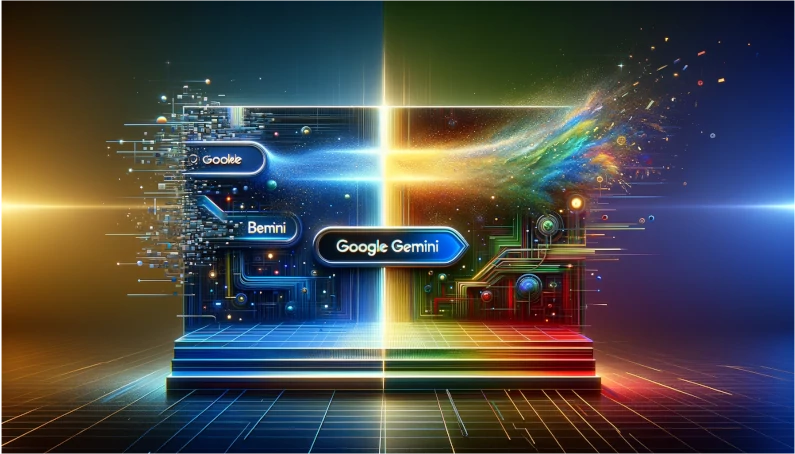In the digital era, an online presence is crucial for brand building, engaging with customers, and market positioning. X, formerly known as Twitter, has established itself as a key platform for business communications, offering companies of all sizes a powerful tool to reach their audience.
Here is a step-by-step guide on how to create a new business page on X, to maximize your online visibility and effectively engage with your audience.
1. Registration
The first step is to have an account on X. If you don’t already have one, you can register by visiting the official X website and clicking on “Sign up”. Fill out the registration form with the required information, such as the business email address and a phone number, which will help verify the account and increase its security.
2. Profile Customization
Once you have created the account, it’s crucial to customize the profile to reflect your brand’s identity. Here are some key steps:
- Profile Picture: Upload your company’s logo. Make sure it’s high quality and easily recognizable.
- Cover Image: Choose an image that best represents your company or current promotions. This will be the first visual impression users have of your brand on X.
- Bio: Insert a brief description of your company, including its mission, values, and services offered. You can also add relevant hashtags and a link to your company’s website.
- Location and Contacts: Complete the profile with your company’s location and contacts, such as a phone number or email address, to facilitate interactions with customers.
3. Content Planning
With the profile set up, the next step is to plan the content that will be published on the page. The key to effective engagement is providing valuable content that resonates with your target audience. This can include company updates, industry news, helpful tips, case studies, and promotions. Regular posting is essential to keep the interest and build an active community around your brand.
4. Interaction and Growth
Interacting with users on X can significantly increase your company’s visibility. Respond to comments, participate in relevant discussions, and use strategic hashtags to reach a broader audience. Additionally, consider using X’s advertising to promote specific tweets or to increase your business page’s followers.
5. Monitoring and Analysis
Finally, use the analytics tools offered by X to monitor the performance of your posts and better understand your audience. This data can help you optimize your content strategy and make adjustments based on your followers’ preferences.
Creating and maintaining a business page on X requires commitment and a well-planned strategy. Creating and maintaining a business page on X requires commitment and a well-planned strategy. By following these steps, you can establish a solid and influential presence for your company on this platform, expanding your reach and building meaningful relationships with your customers.




